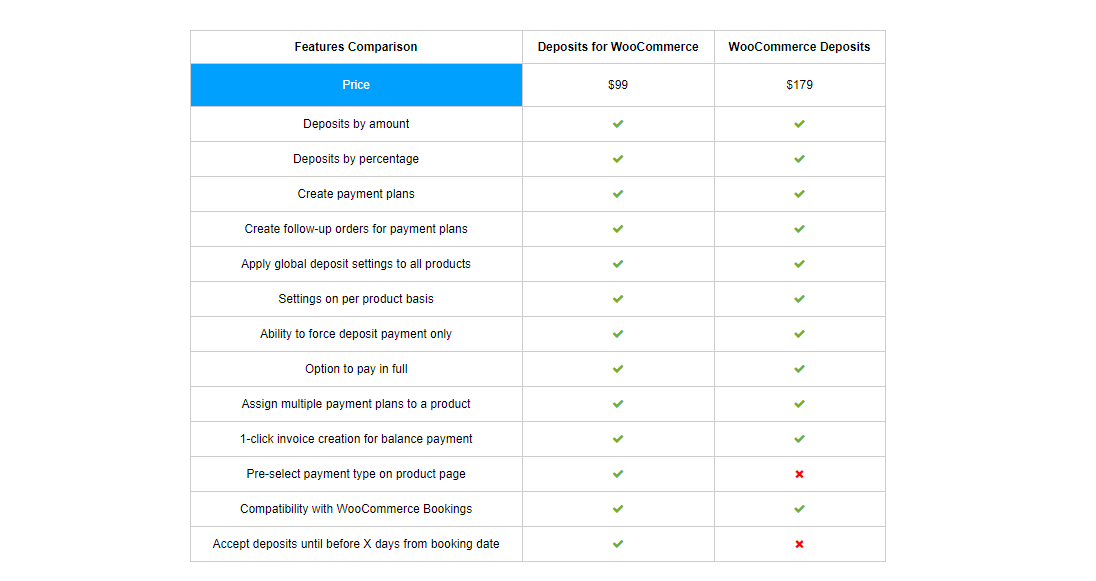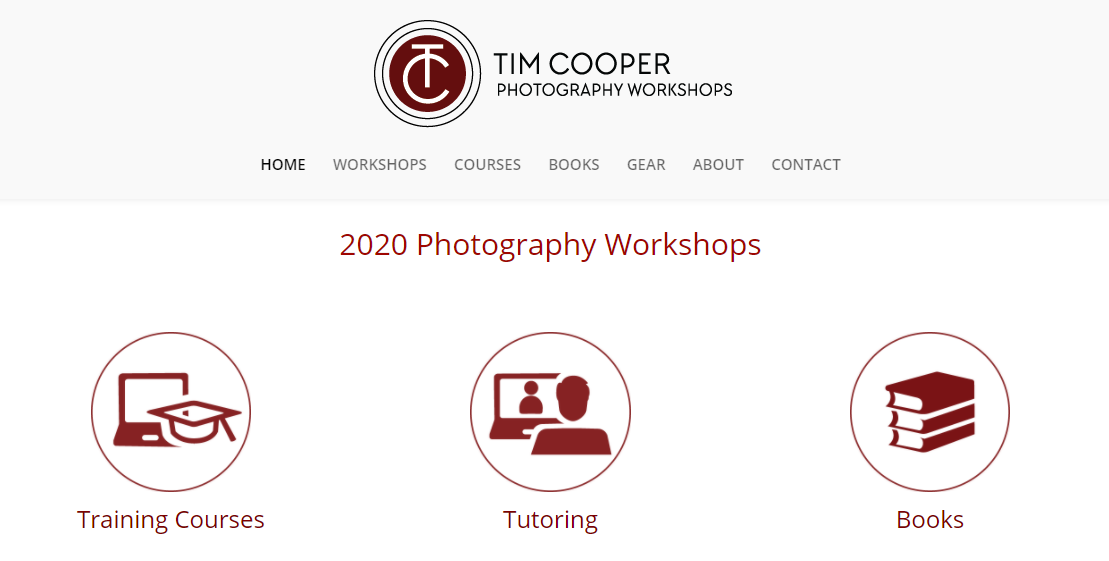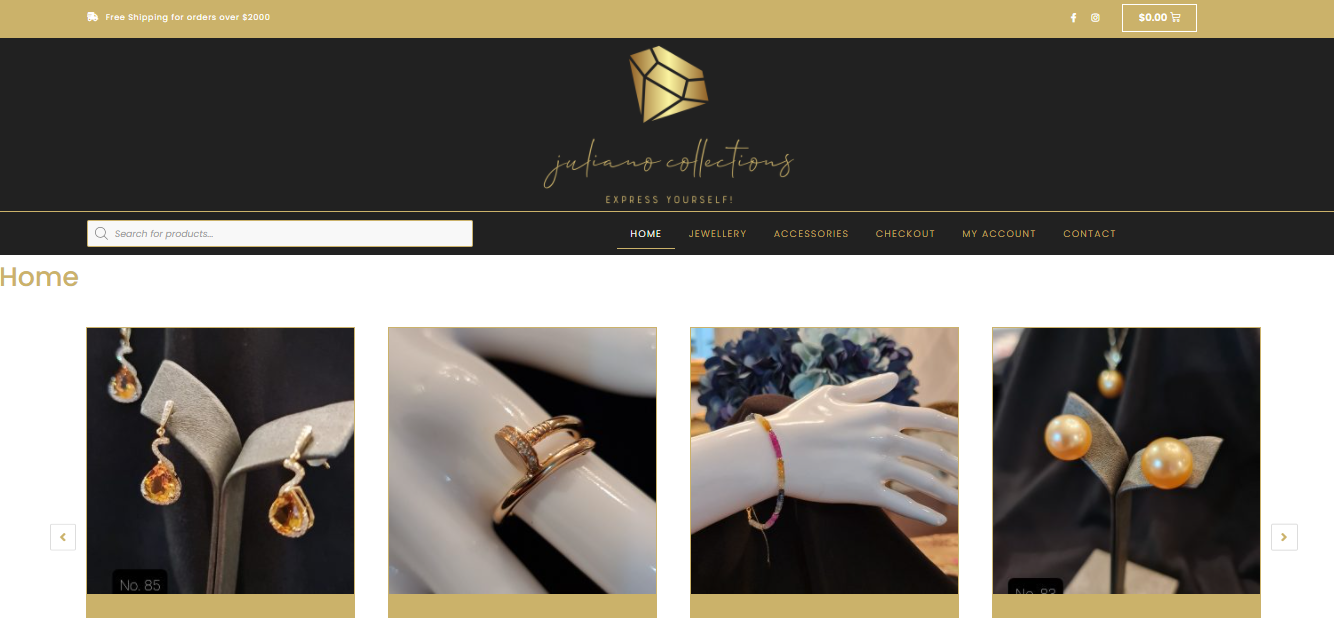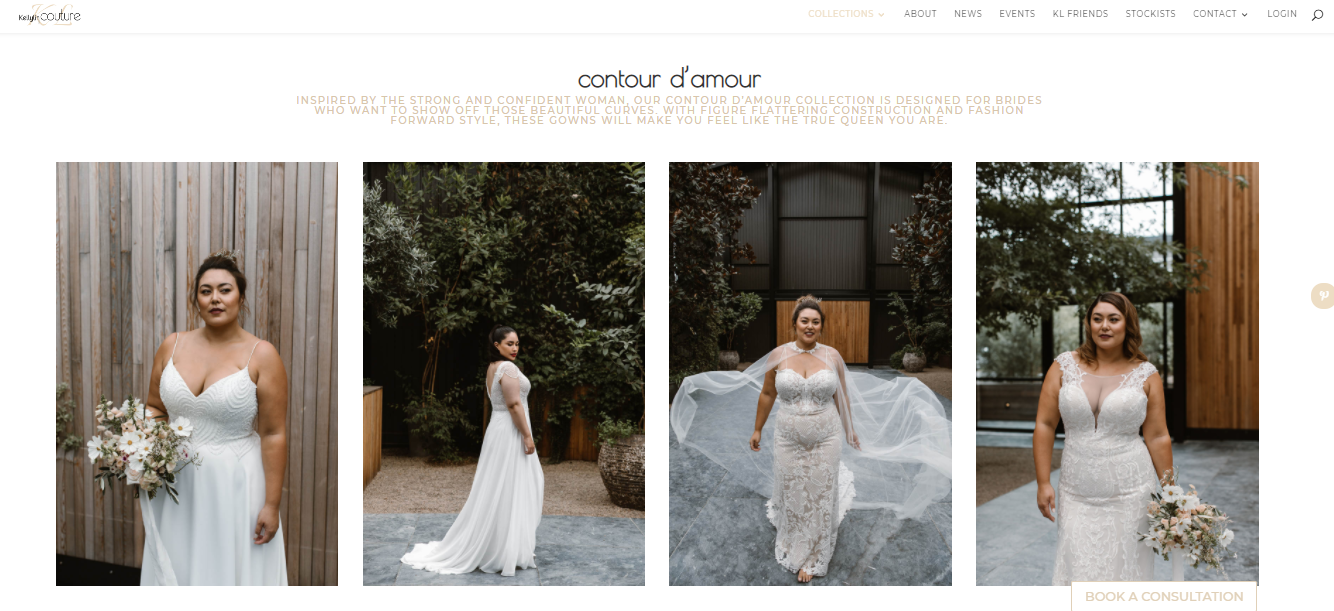Table of Contents
Freelancers have been an integral part of any economy around the world. For instance, only last year in 2019, freelancing shelled out $1 trillion for the US economy. But that’s not it! More and more people are maneuvering their career path in this direction because of the several benefits that come along with it. Some of them include job flexibility, freedom in choosing clients, control over your workload, and job independence. However, there’s also one downside in particular that plagues even the best of freelancers. And that’s Payments.
According to an American freelancing platform called Upwork, even in the year 2019, 59% of freelancers felt that they lived from ‘paycheck to paycheck’. This suggests that payments have always been a complicated process for the freelancing community because of several factors that affect a client’s pay schedule. The freelancer is left all high and dry at the client’s mercy.
But worry not freelancers! Because we’ve got a simple solution for you that will improve your freelancing experience for the better. It’s the option of offering partial payments before providing your services to a client. Most often partial payments conjure the images of businesses that deal with car rentals, hotels, pre-bookings, or some highly-priced products. But we are going to take it a step further and let you know how your freelance business can make use of this option to your advantage. Let’s begin by understanding what exactly are Partial Payments
What are partial payments?
Partial payments refer to the amount of the invoice that is less than the full amount. Think of it as an installment plan where the compensation is paid over a decided period of time until it reaches the full amount. The amount could even be a specific percentage of the total invoice. Just like small businesses that demand to be paid at least some partial amount upfront before signing a contract with new clients, your freelance business can adopt this option too.
Let’s see how embracing this option can become beneficial for your freelance business.
Advantages of offering partial payments
1. For your Customers
a) An easy payment experience
What’s more beneficial for the customer? Paying the full sum or paying it over a course of time? Of course, the latter. With Partial Payments, customers have the freedom to not only keep a track of their monthly or yearly expenses but they can also choose to go for services that might be rather expensive when opting to pay the full sum for it at once. The whole distress around cost concern vanishes immediately and the customer is left with nothing but a seamless experience of selecting the best services for their needs.
b) Welcoming for budget buyers
What’s one of the most important things that often loom over a customer’s mind while opting for a service? That’s right, it’s nothing but money. Customers are often panged with the question “How much is this going to cost me?” and most of the time they choose to opt-out of services because the services don’t fit under their budget. But thanks to Partial Payments, customers can easily browse for services and choose them because ultimately the installment option gives them the benefit of affording something they wouldn’t have otherwise.
2. For your business
a) A good option for sales and conversions
The question of how to boost your sales and increase your conversion rates is common across any and every business domain. And one way to do so is by offering partial payments option on your checkout page.
If the client views that your website offers this option, there are chances that they will opt for your services compared to others. Firstly because the client can utilize the services as they fit their budget and secondly because it might just happen that other freelancers such as you might not having this flexible payment option. This would make it your business’ USP which has the potential of turning the casual browser into an actual client!
b) Builds a trustworthy relationship between the clients and you
When the client has already invested in your services, they’re bound to stay in touch with you for a longer period of time, i.e, till the time they are done paying all the installments. An upside to this is that the clients themselves would be more hands-on with the project itself. This is exactly where your top-notch services can speak volumes in terms of fostering a trustworthy relationship between the client and your freelance business.
From the clients’ end, they will be quicker in answering your doubts and queries because they’re already invested and want the best of your services for their business. In short, accepting partial payments creates an engaging client-freelancer relationship.
c) Immediate cash flow
Studies have even found that 58% of freelancers have experienced the pain of not getting payments for their work. And what’s even more disheartening for freelancers is the endless waiting period for your clients to pay you for the gig you have completed for them. Opting to accept partial payments creates a sense of security for yourself because your funds flow in almost immediately.
Accepting an upfront payment can help you figure out your financial situation even if it’s for the short term. This upfront payment can even be useful if your freelance gig requires you to spend some unexpected expenses to complete your project. You can plan, and organize your future gigs in a better manner because instead of worrying about your payment you can now focus on delivering your best work for the client.
How to structure your payments
Asking for upfront payments doesn’t sound practical if it’s a small fee project. But for a long project, it becomes extremely crucial to figure out a sound way to collect partial payments. The best way to go about this is usually asking for a 25 to 30% deposit upfront. You can structure the remaining payments in a 20-20-30 format, where 20% would be given to you after completing the first draft of the project, another 20% after the second, and finally 30% after completing the whole thing.
In this way, you get paid upfront for the majority of work and receive a final reward after it’s completed. It becomes easier for your client as well because they get immense flexibility in terms of coming up with the money to pay you.
Partial Payments with WooCommerce
Now that we’ve told you some of the benefits of offering a Partial Payments option, it’s time to introduce you to a place where you can actually make all of this possible. It’s by creating your freelance website on WordPress and starting your own WooCommerce store. Now, obviously, you’d like your business to perform better and that’s where our Deposits for WooCommerce Plugin comes in!
With the help of this plugin, you can easily accept partial payments either by percentage or a flat amount. Barring this, you can even choose your own time period across which the partial payments would take place.
But why would I choose this option when I have WooCommerce Deposits plugin at my disposal?
You will are likely to go with Deposits for WooCommerce because not only is it highly affordable but it also offers just as many features as WooCommerce Deposits. Don’t believe us? Have a look at this chart that compares both their features-

Our Deposits for WooCommerce Plugin is constantly undergoing updates based on customer feedback so that their experience of using our plugins is as smooth and reliable as possible. One such update is that now our Deposits for WooCommerce plugin comes with the feature of accepting automatic payments from customers who pay via Stripe. If the deposit type is set to Fixed Amount or Percentage, the admin can decide when to generate the balance payments. When it is set to Payment plans, there’s no need to create the invoice because the balance payment will be automatically charged on the due date.
Our plugin is also compatible with the Product Bundles and Composite Products plugin whereas WooCommerce Deposits isn’t.
Here’s a look at some freelance businesses using Deposits for WooCommerce Plugin
1. Photography
Freelancer Tim Cooper provides Photography workshops as well as several different courses on his site Tim Cooper Photography Workshops. Once you browse his ‘Courses’ section you find several different training videos if one has missed out on any of his live lectures! You can easily buy them from his site. What’s even cooler is that customers can opt to pay the remaining balance for a certain workshop over the course of 120 days before the scheduled workshop begins!

2. Jewellery Designing
Sheryl Juliano of Juliano Collections designs custom jewelry and accessories. Clients can avail of various Payment Plans if they choose to make purchases over $200.

3. Fashion Designing
Kelly Lin is a wedding dress designer from New Zealand who first started off by designing gowns for high-end International Bridal Labels. However, she wanted to create her own designs for people at an affordable price. And Lo and behold Kelly Lin Couture was born!

These are just some examples of different freelancers and their businesses that are making use of our plugin to avoid risks and issues that can arise during the Payment process from their clients! Just like them, you too should consider this option for your business.
Conclusion
In the year 2018, 48% of businesses hired freelancers. Following this, in the year 2019, 120,000 of Google’s staff consisted of freelancers– more than 102,000 of their permanent employees! This just proves how each year, the world is moving towards the gig-economy, an economy where more and more people are opting to freelance. In such a case, it has become extremely vital for your business to incorporate Partial Payments for a better experience. As our post already elucidates why this is beneficial, it’s now time for you to conquer the world of freelancing!




Freelancers who offer partial payments is a good deal for the beginners as they can make good businesses with good conversations.